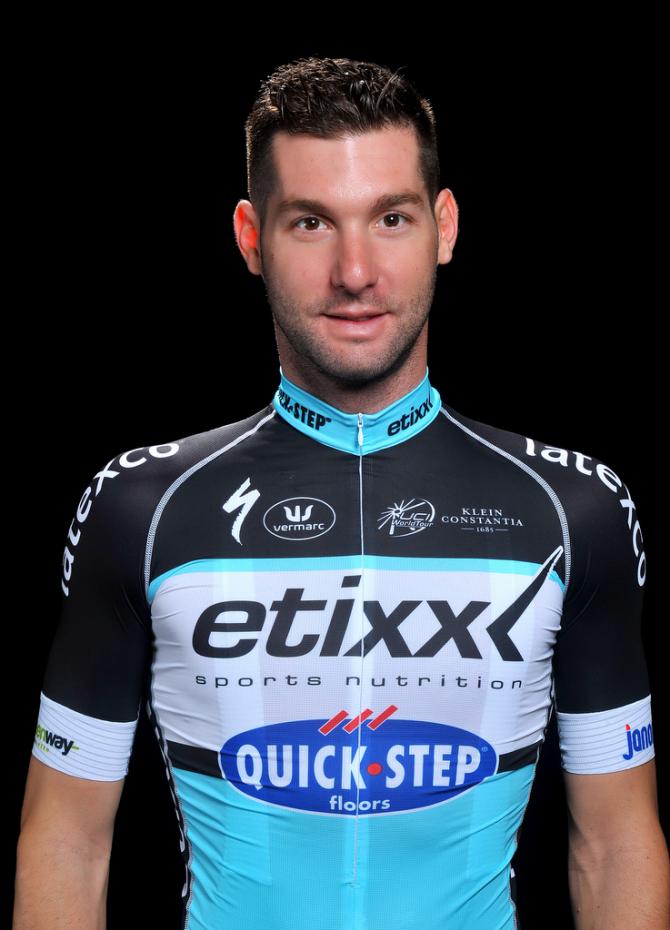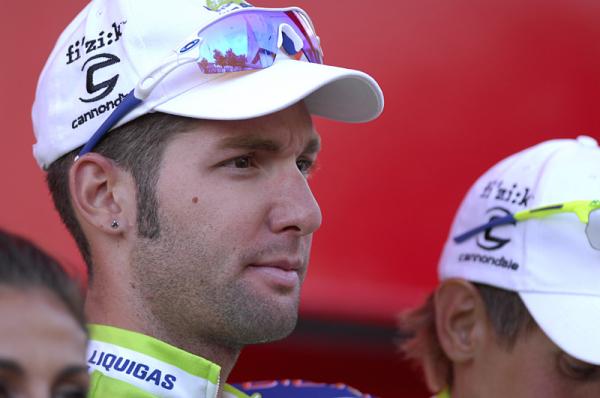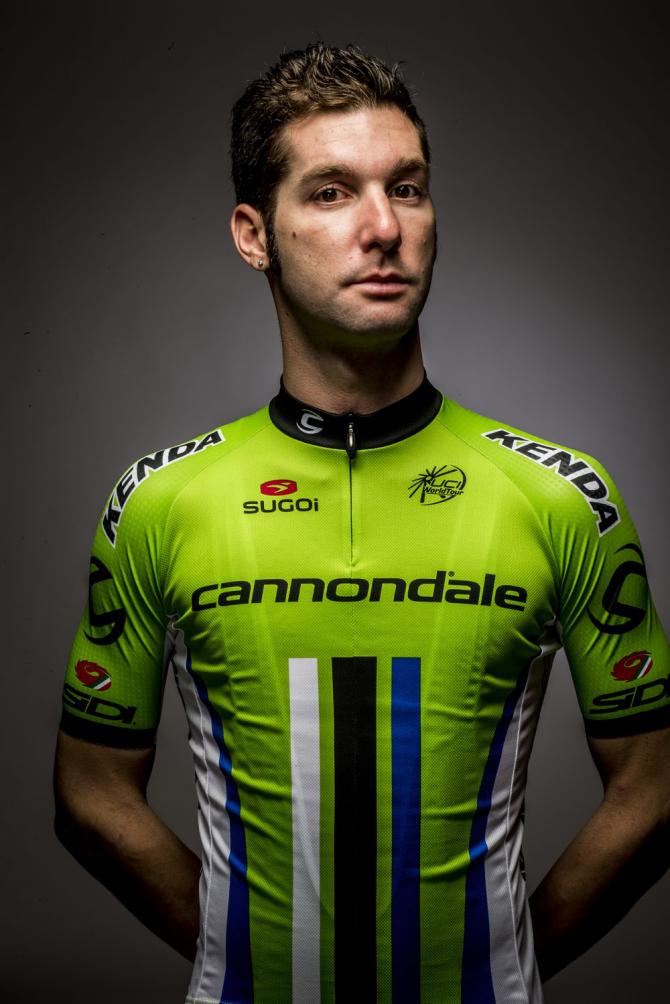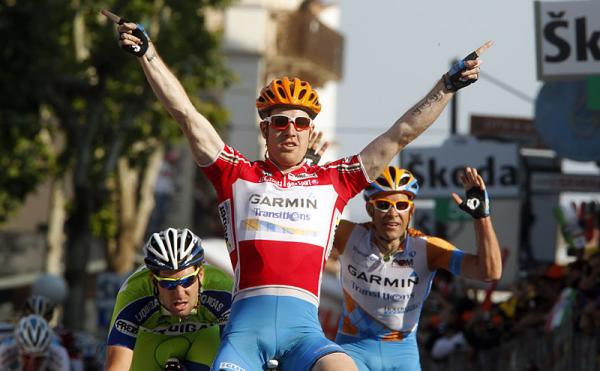Sabatini finally aboard the Cavendish train
Italian on life at Etixx-QuickStep




Pistoia is, quite literally, where trains are made. AnsaldoBreda, the rail transport engineering company, has one of its factories on the outskirts of town, and passengers on the regionale from Pisa to Florence can see a yard full of hollowed out carriages and half-finished locomotives as they bundle past.
The province of Pistoia is also where Mark Cavendish picked up the latest element of his Etixx-QuickStep lead-out train, though rather like a commuter connection on the Tuscan rail network, it’s been a long time coming – seven years, in fact.
Since his early days as a professional, Cavendish has maintained a training base in Quarrata, where his paths often crossed with Fabio Sabatini, a native of nearby Pescia. Both men entered the peloton at roughly the same time – Sabatini joined Milram in 2006 and later that year, Cavendish signed on as a stagiaire at T-Mobile – and quickly struck up a friendship.
Cavendish hit the ground running at the top level, with his four stage wins at the 2008 Tour de France announcing his arrival as the outstanding sprinter of his generation. Sabatini, meanwhile, quietly built up experience as part of Alessandro Petacchi’s lead-out train. It seemed only a matter of time before they were united on the same team, but the circumstances never seemed to fit.
As Cavendish switched from Highroad to Team Sky to Omega Pharma-QuickStep, Sabatini settled into a long, stable sojourn at Liquigas (later Cannondale), where he led out Peter Sagan and Elia Viviani in the sprints and delivered a series of solid displays on the cobbles. The demise of the Cannondale team at the tail end of 2014, however, meant that Sabatini was on the market, and Cavendish wasted little time in persuading Patrick Lefevere to sign him up.
“Mark tried to get me on his team a couple of times. The first time was when he went to Sky in 2012 but it wasn’t possible back then,” Sabatini told Cyclingnews at the Tour de San Luis, his first race in the black jersey of Etixx-QuickStep. “Now it’s happened and I’m very happy that we’re on the same team. He’s a great leader and he’s a great person, with a lovely family.”
At Cannondale, Sabatini at times seemed to act as an almost solo lead-out train, most notably at the 2013 Giro d’Italia, when he seemed to be perennially dragging Elia Viviani into position only for his teammate to be thwarted on each occasion by Cavendish.
Get The Leadout Newsletter
The latest race content, interviews, features, reviews and expert buying guides, direct to your inbox!
“At Cannondale I covered a few different roles because there wasn’t really a lead-out train per se, it was usually just me working for Sagan or Viviani,” Sabatini said. “It was very difficult to do the job properly really, but on this team it feels like everything is perfect because all the elements are so strong.”
Sabatini’s one-man band at Cannondale means that he has experience of covering a variety of roles in the final kilometres. In Argentina this week, the 29-year-old is acting as Cavendish’s last man, but when Etixx-QuickStep is at full strength later in the season, he expects his role to change. Indeed, as Cavendish pointed out frankly after he was again beaten into second on stage 3: “In the end Saba’s not a lead-out man.
“Obviously there’s a fundamental man missing from the train here and that’s Mark Renshaw,” Sabatini said. “When he’s in the team I’ll be the second last man, just before Renshaw, so he’ll be the one who’ll lead out Mark in the sprints.”
Sabatini has ambitions of riding in the cobbled classics this spring but is fully aware that earning a place on the QuickStep roster on the first two Sundays in April is almost a victory in itself. He is certain, however, to be part of Cavendish’s guard at Milan-San Remo, and he believes that the return to the traditional finale on the Via Roma after an eight-year hiatus can only be a positive.
“It’s a kilometre less from the top of the Poggio to the Via Roma but I think the finish on Via Roma is actually better for Mark,” he said. “He’ll certainly get stronger on the climbs over the coming months too. Of course, it’s going to be difficult for the sprinters to get back together after the Poggio, but he’ll certainly be very strong at Milan-San Remo.”
Somewhat ironically, the chaos in the frantic moments that follow the plunge from the top of the Poggio is such that the concept of a lead-out train is almost redundant at La Classicissima. As Luca Paolini demonstrated in setting up Alexander Kristoff’s victory last year, just one very cool head can make all the difference.
“You only need two men for the finale of Milan-San Remo, it’s not difficult. In fact, I’d say that it’s the easiest race of the year in many respects because it’s the sheer length of it that makes the difference. If you’re going well, you’ll be in front,” Sabatini said. “There’s no real possibility or need for a train. Obviously, the more of us up there the better, but I think two men with Cav will be enough. And then we can’t forget that we’ve got [Michal] Kwiatkowski as well as another option…”
Sabatini’s first outing as part of Cavendish’s team has yet to yield a victory, with Colombian youngster Fernando Gaviria twice denying the Manxman, in Villa Mercedes on stage one and in Juana Koslay on stage three.
“It was difficult on Monday because there weren’t enough banners to tell us how many kilometres were left to race, and then Mark didn’t see the 200 metres to go banner either and he left it late to go,” Sabatini said, and then shrugged. “But that was first sprint of the year. The important thing is that we showed that the team is united and strong.”

Barry Ryan was Head of Features at Cyclingnews. He has covered professional cycling since 2010, reporting from the Tour de France, Giro d’Italia and events from Argentina to Japan. His writing has appeared in The Independent, Procycling and Cycling Plus. He is the author of The Ascent: Sean Kelly, Stephen Roche and the Rise of Irish Cycling’s Golden Generation, published by Gill Books.